Re: Military Notebook: Military Discussions
(Եթե «Իսկանդերը» գործի դնեն հանկարծակի, ապա Ս-300 ՊՄՈՒ-2-ն չի հասցնի արձագանքել)
This is very good advantage which giving us first strike ability.
(Եթե «Իսկանդերը» գործի դնեն հանկարծակի, ապա Ս-300 ՊՄՈՒ-2-ն չի հասցնի արձագանքել)
This is very good advantage which giving us first strike ability.


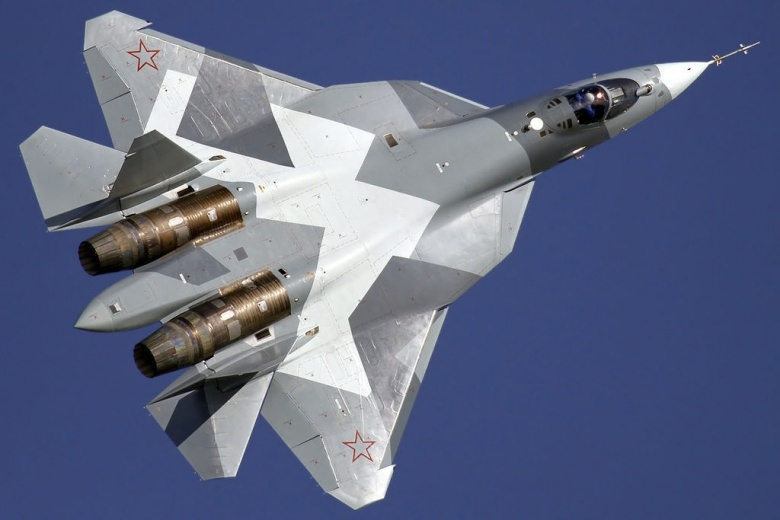


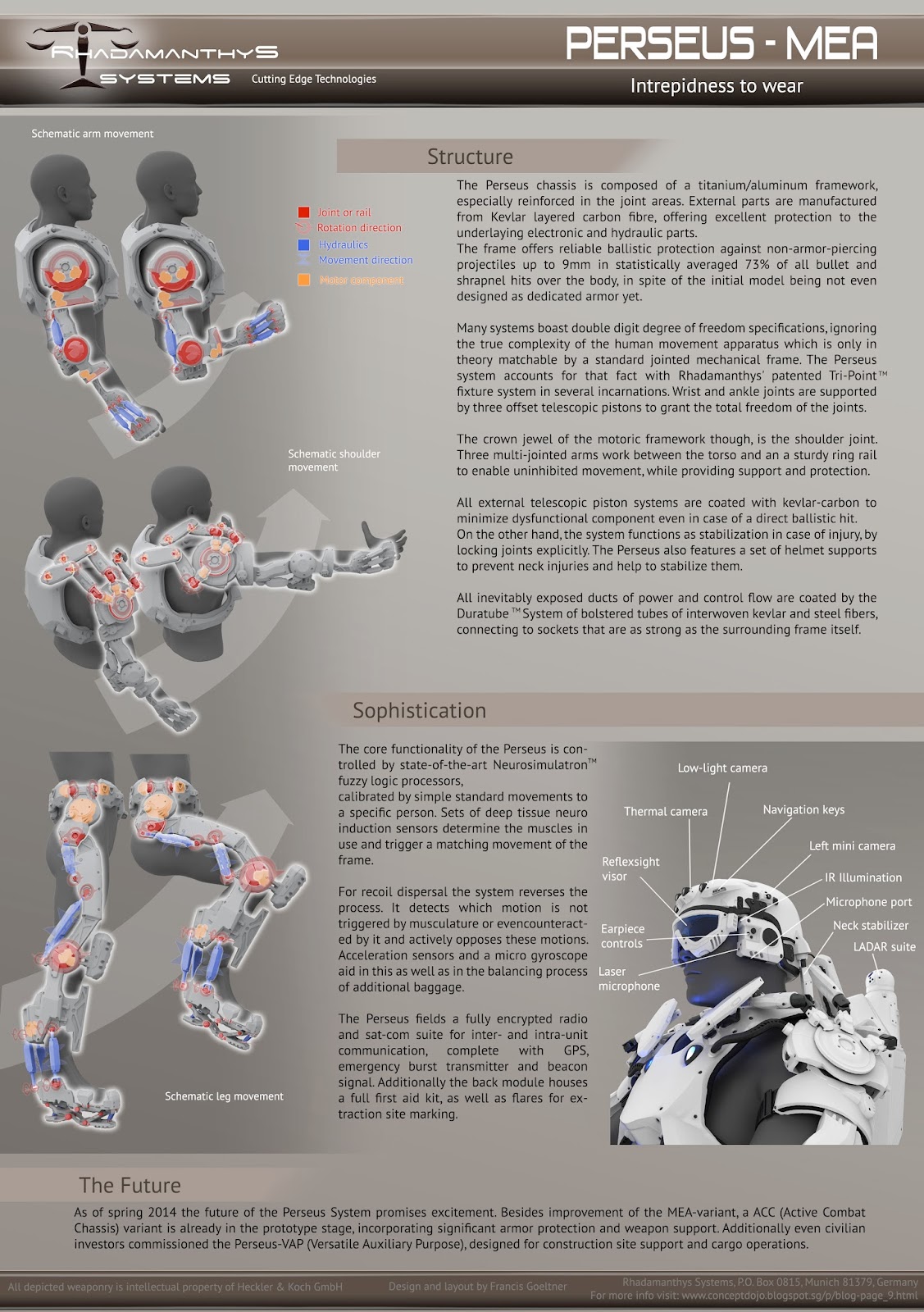






























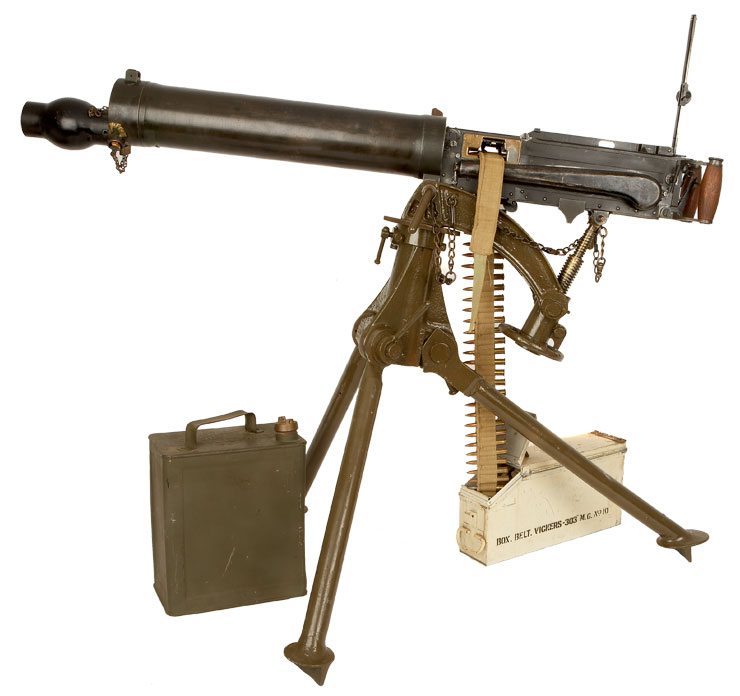



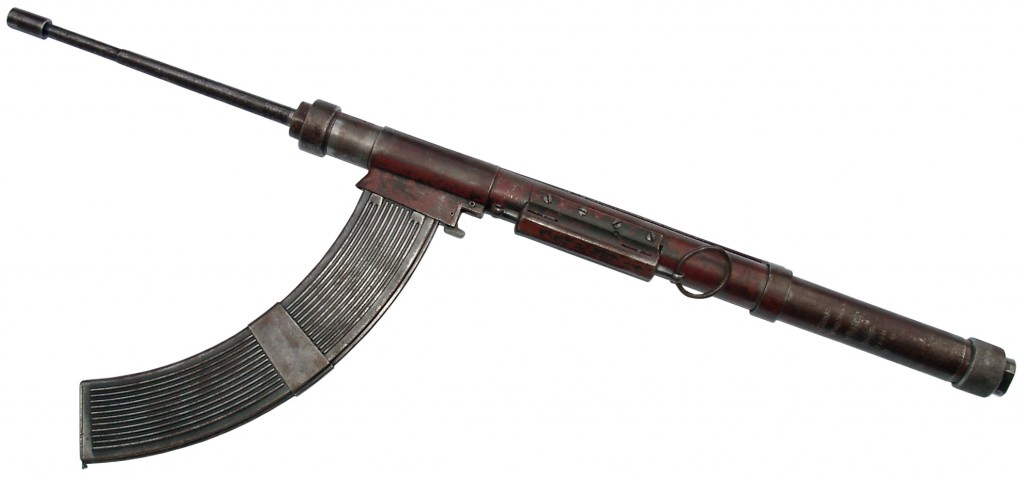




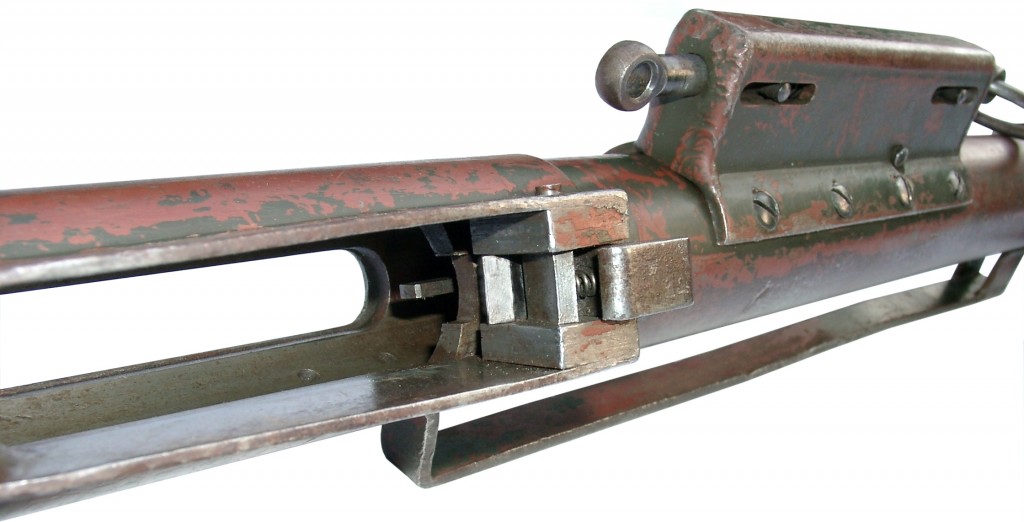

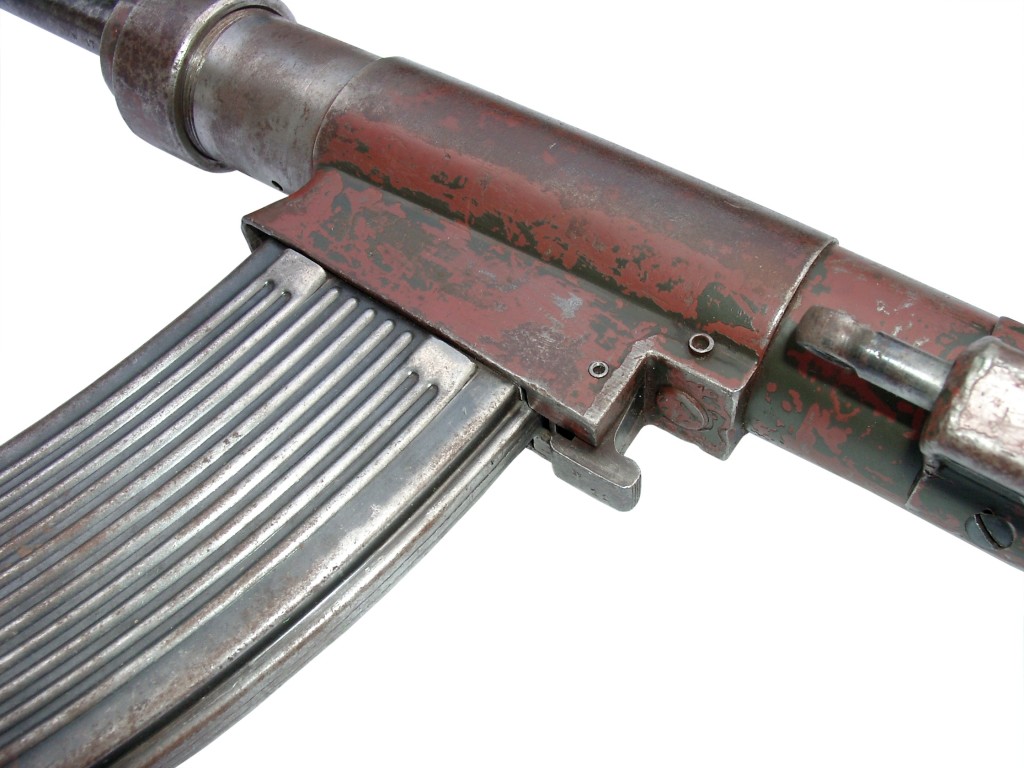
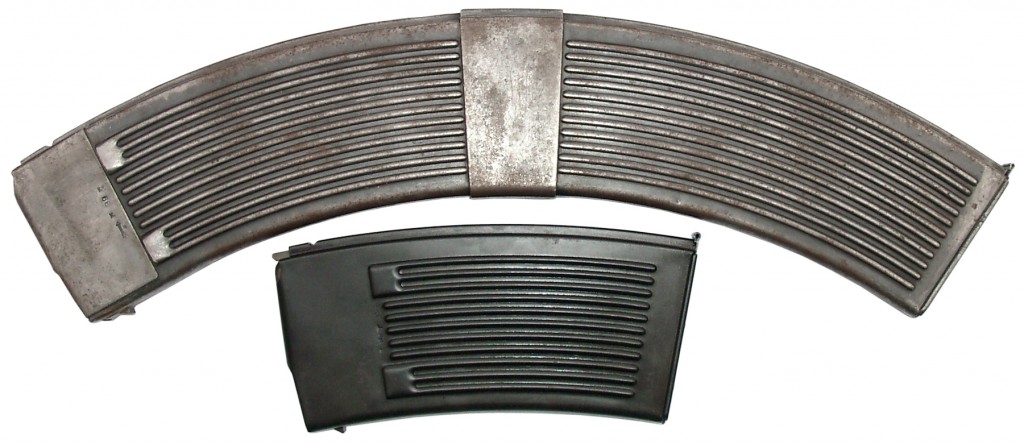
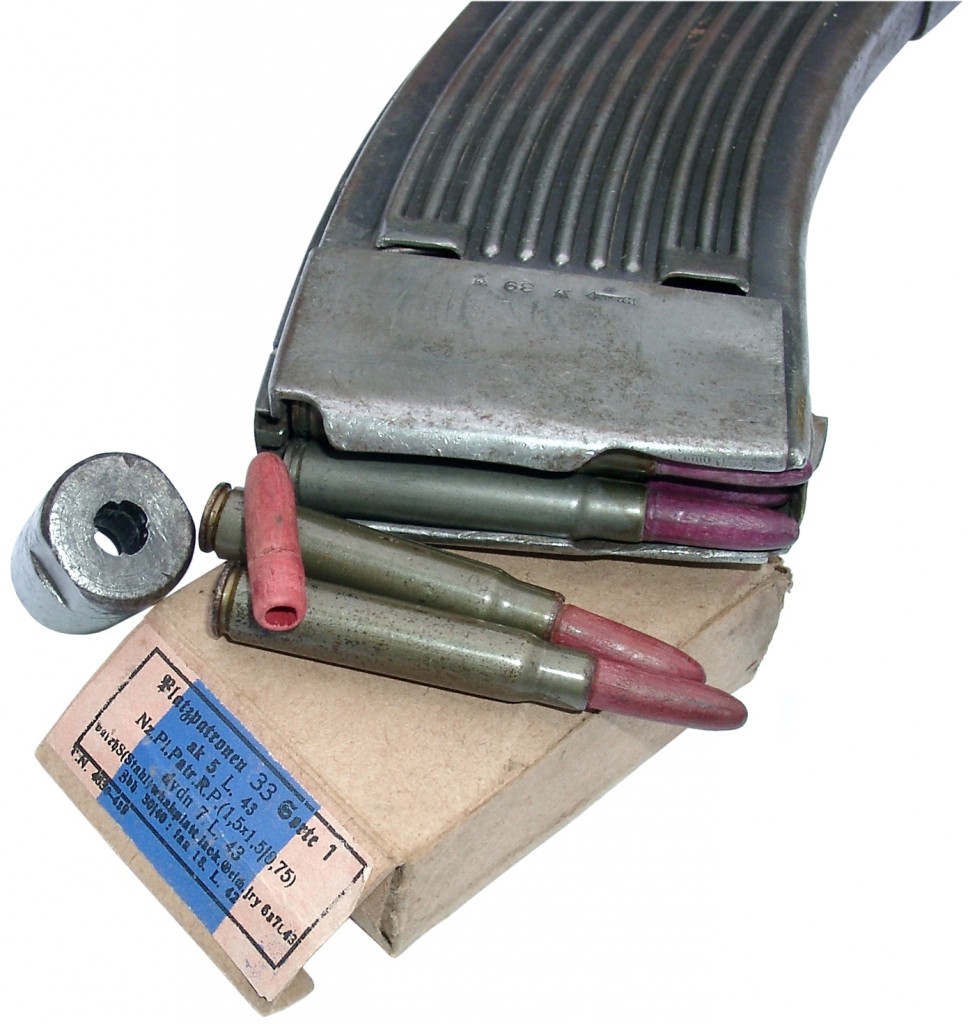
Comment